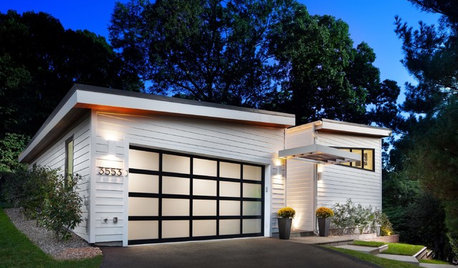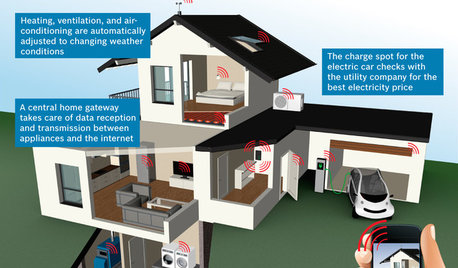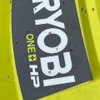Mower engine speed adjustment
williaea
17 years ago
Featured Answer
Sort by:Oldest
Comments (23)
canguy
17 years agolast modified: 9 years ago1saxman
17 years agolast modified: 9 years agoRelated Professionals
South Elgin Landscape Architects & Landscape Designers · Surprise Landscape Contractors · Bainbridge Island Landscape Contractors · Bell Gardens Landscape Contractors · Caldwell Landscape Contractors · Elkridge Landscape Contractors · Fort Worth Landscape Contractors · Indio Landscape Contractors · Lees Summit Landscape Contractors · Lynwood Landscape Contractors · University City Landscape Contractors · Wailuku Landscape Contractors · Carol City Carpenters · Parsippany Carpenters · The Hammocks Carpenterswilliaea
17 years agolast modified: 9 years agoxlindax
17 years agolast modified: 9 years agobill_kapaun
17 years agolast modified: 9 years agomattv21
17 years agolast modified: 9 years ago1saxman
17 years agolast modified: 9 years agomattv21
17 years agolast modified: 9 years agowilliaea
17 years agolast modified: 9 years agomattv21
17 years agolast modified: 9 years agoboeing747_comcast_net
15 years agolast modified: 9 years ago1saxman
15 years agolast modified: 9 years ago1saxman
15 years agolast modified: 9 years agooldlawnmowerman81
15 years agolast modified: 9 years agobill_kapaun
15 years agolast modified: 9 years agooldlawnmowerman81
15 years agolast modified: 9 years ago1saxman
15 years agolast modified: 9 years agooldlawnmowerman81
12 years agolast modified: 9 years agoHU-631019805
2 years ago1saxman
2 years agossewalk1
2 years agotomplum
2 years ago
Related Stories

ORGANIZINGGet Up to Speed for Back to School — 12 Tips for Smooth Sailing
New schedules and clothes, paperwork piles ... and where did all the Band-Aids go? These tips will help you ace the new school year
Full Story
KITCHEN DESIGN16 Practical Ideas to Borrow From Professional Kitchens
Restaurant kitchens are designed to function efficiently and safely. Why not adopt some of their tricks in your own home?
Full Story
GROUND COVERSGive Your Lawn a Taste of the Wild
Consider the joys of an irregularly trimmed meadow lawn: It’s ecofriendly, visually interesting and still good for romping
Full Story
GARAGESKey Measurements for the Perfect Garage
Get the dimensions that will let you fit one or more cars in your garage, plus storage and other needs
Full Story
ARCHITECTUREHouzz Tour: Sturdy Enough for a Tsunami
Storms don't scare this Washington state home; breakaway features and waterproof finishes let it weather high winds and waves
Full Story
THE HARDWORKING HOMECES 2015: Inching Toward a Smarter Home
Companies are betting big on connected devices in 2015. Here’s a look at what’s to come
Full Story
GREEN BUILDINGHouzz Tour: Passive House in Vermont Slashes Heating Bills
Its ecofriendly, low-maintenance design leaves a family with more time to relax and enjoy the weekend home
Full Story
REMODELING GUIDESLaminate Floors: Get the Look of Wood (and More) for Less
See what goes into laminate flooring and why you just might want to choose it
Full Story
ACCESSORIESEasy Green: Cut Electricity Use With 15 Unplugged Home Devices
Crank up the energy savings, courtesy of household items that come into power the old-fashioned way: manually
Full Story
DESIGN PRACTICEDesign Practice: How to Pick the Right Drawing Software
Learn about 2D and 3D drawing tools, including pros, cons and pricing — and what to do if you’re on the fence
Full StoryMore Discussions







weed_cutter